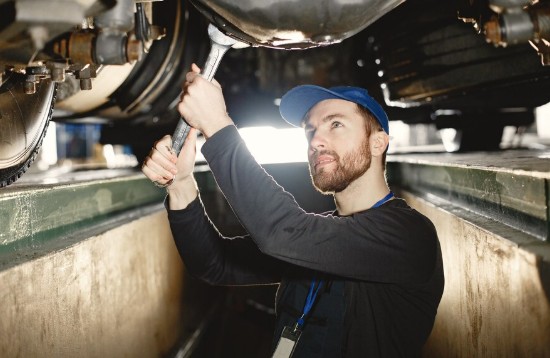In the manufacturing and industrial sectors, equipment cleanliness plays a pivotal role in ensuring operational efficiency and product quality. Two essential tools designed to meet this need are the parts washer and industrial washer. Both machines are engineered to remove contaminants such as grease, oil, dirt, and metal particles from components, helping businesses maintain high standards of performance and safety.
What is a Parts Washer?
A parts washer is a specialized cleaning machine used primarily for small to medium-sized components. It is widely employed in automotive shops, factories, and maintenance facilities to clean tools, engine parts, and other mechanical pieces. The purpose of a parts washer is to remove oil, grease, carbon deposits, and other residues that can impair the function or lifespan of parts.
There are several types of parts washers:
- Manual parts washers where cleaning is done by hand using brushes and solvents.
- Automatic spray washers that clean parts using high-pressure jets.
- Ultrasonic washers, which utilize sound waves to clean hard-to-reach areas on delicate parts.
- Aqueous parts washers using water-based detergents for environmentally friendly cleaning.
Selecting the appropriate parts washer depends on the nature of the parts, the cleaning requirements, and environmental considerations.
Understanding the Industrial Washer
An industrial washer is designed for large-scale, high-volume cleaning tasks. These washers are used in heavy industries such as manufacturing, food processing, agriculture, and logistics to clean larger components, assemblies, or bulk items efficiently. Unlike parts washers, industrial washers often incorporate conveyor systems or batch cleaning methods to handle continuous or heavy-duty operations.
Key features of industrial washers include:
- High-pressure water or steam jets
- Chemical or detergent application
- Automated cycles for rinsing, washing, and drying
- Filtration and recycling systems to minimize water and chemical use
Because of their robust design and cleaning power, industrial washers can handle tough contaminants and large workloads, reducing downtime and improving productivity.
Benefits of Using a Parts Washer and Industrial Washer
- Extended Equipment Life: Cleaning prevents corrosion and wear, prolonging the lifespan of machinery parts.
- Enhanced Performance: Removing dirt and debris ensures parts operate smoothly, reducing malfunctions.
- Improved Safety: Clean work environments and equipment reduce accident risks.
- Cost Efficiency: Investing in effective cleaning reduces repair costs and production delays.
- Environmental Compliance: Modern washers use eco-friendly solutions and recycling systems that help companies meet regulatory standards.
Conclusion
Incorporating a reliable parts washer and industrial washer into your maintenance routine is essential for any industrial operation focused on efficiency, safety, and sustainability. These cleaning systems ensure that all components, from small intricate parts to large assemblies, remain free of contaminants that can jeopardize performance. Choosing the right washer tailored to your operational needs not only boosts productivity but also supports long-term equipment health and environmental responsibility.





Comments